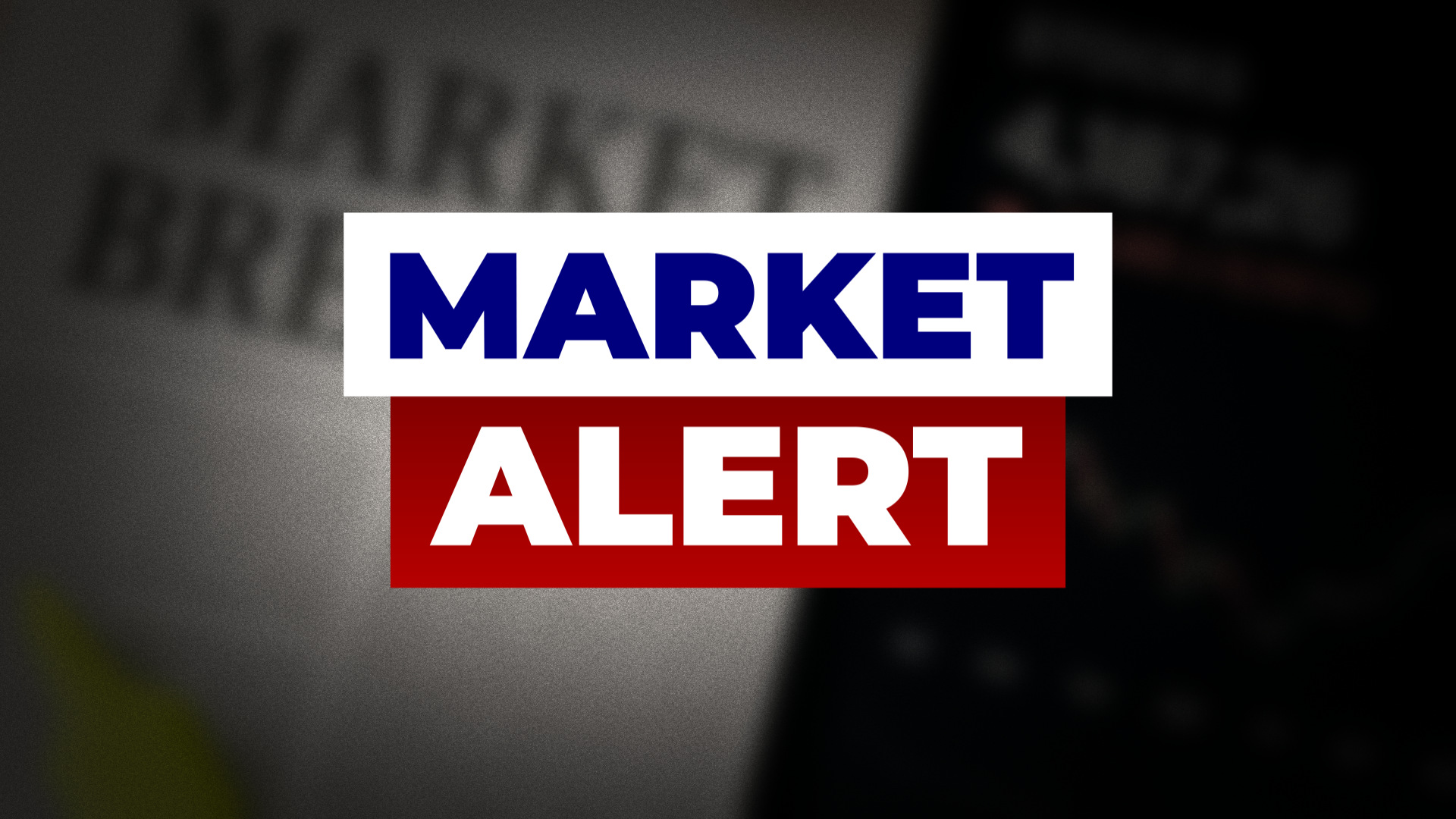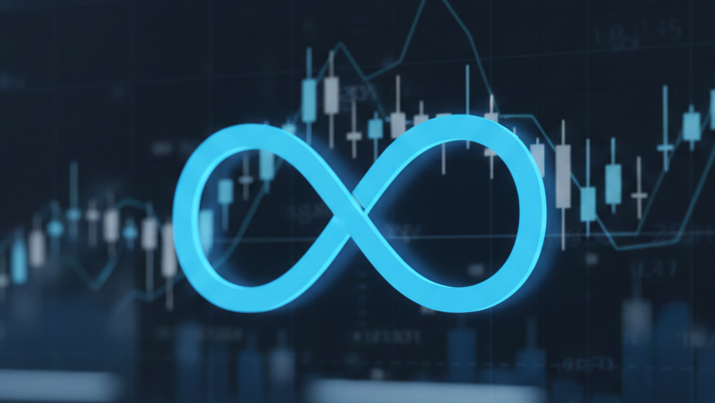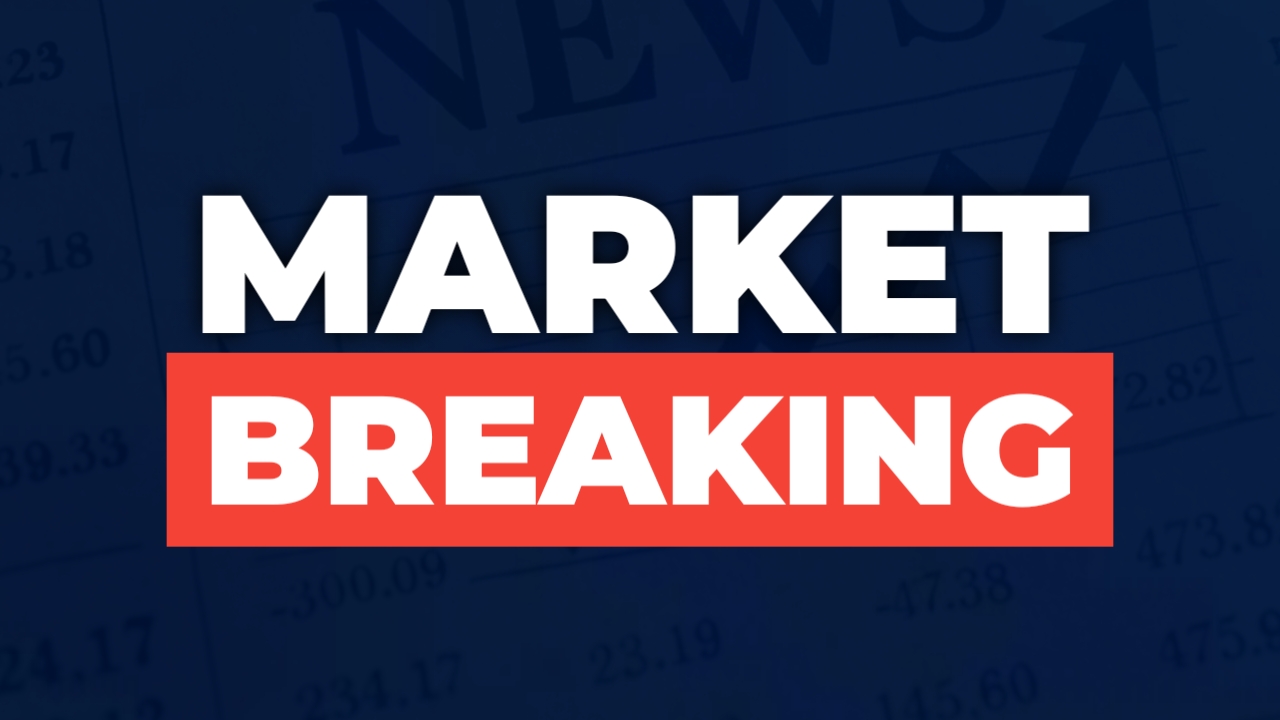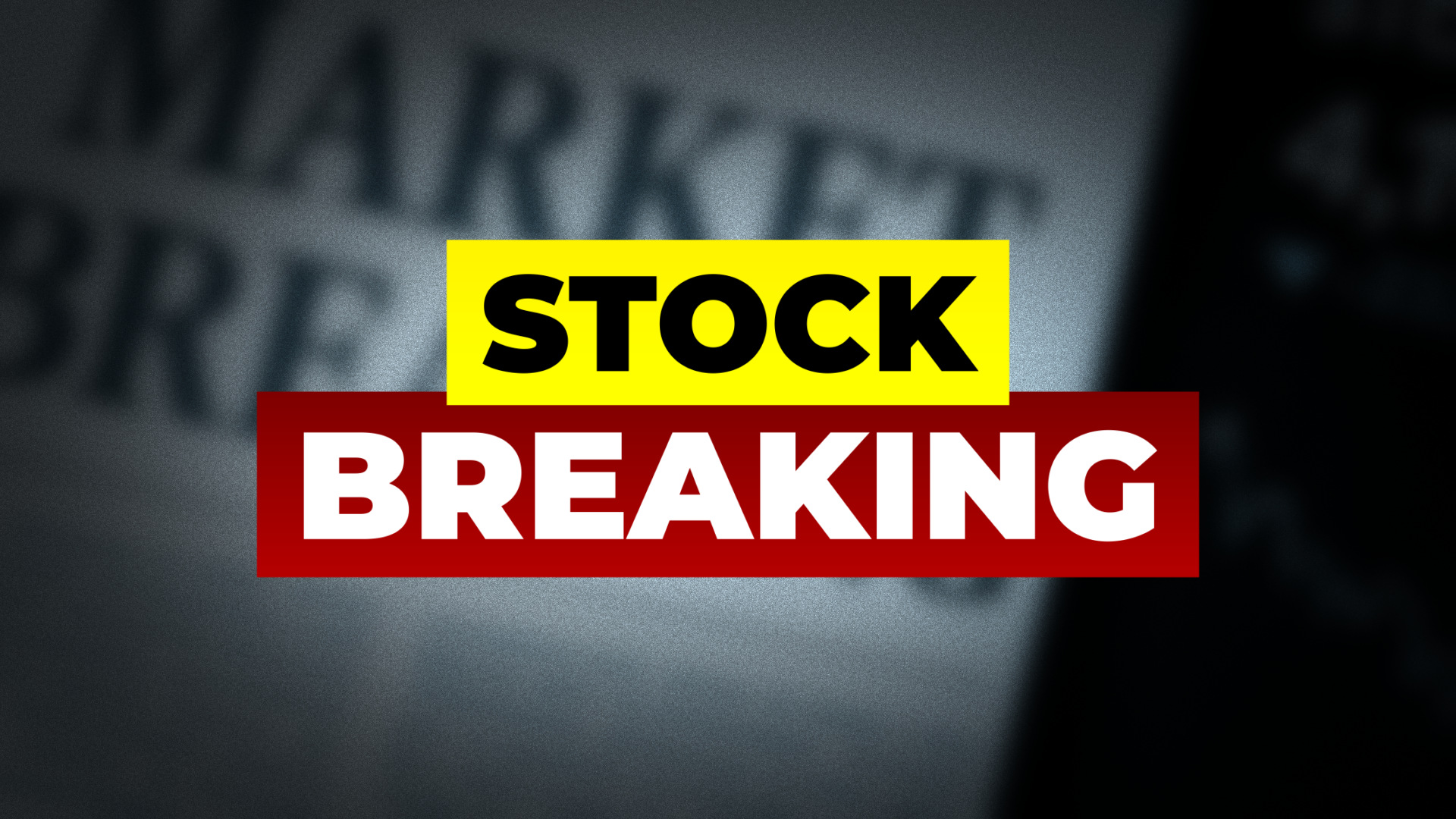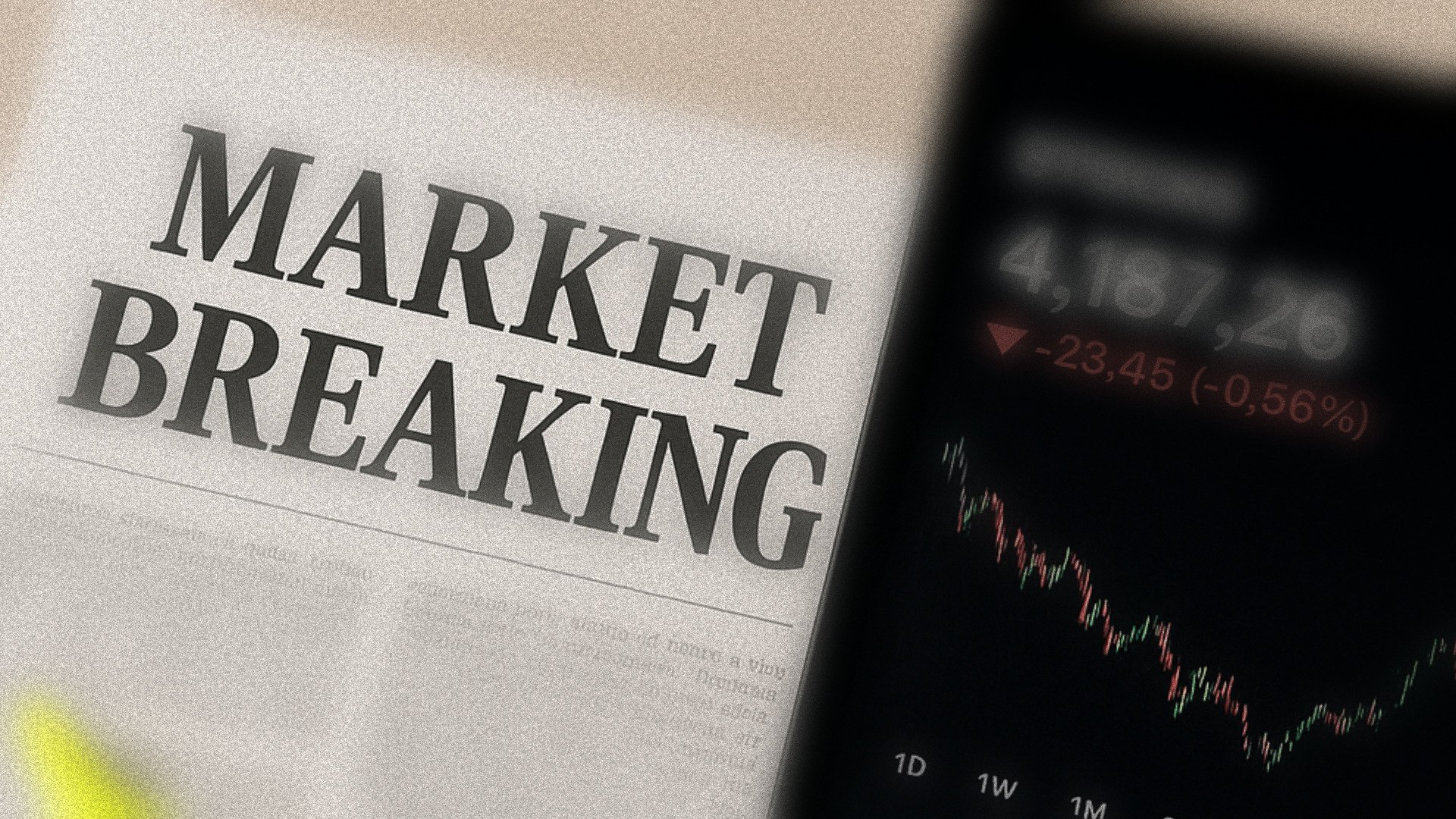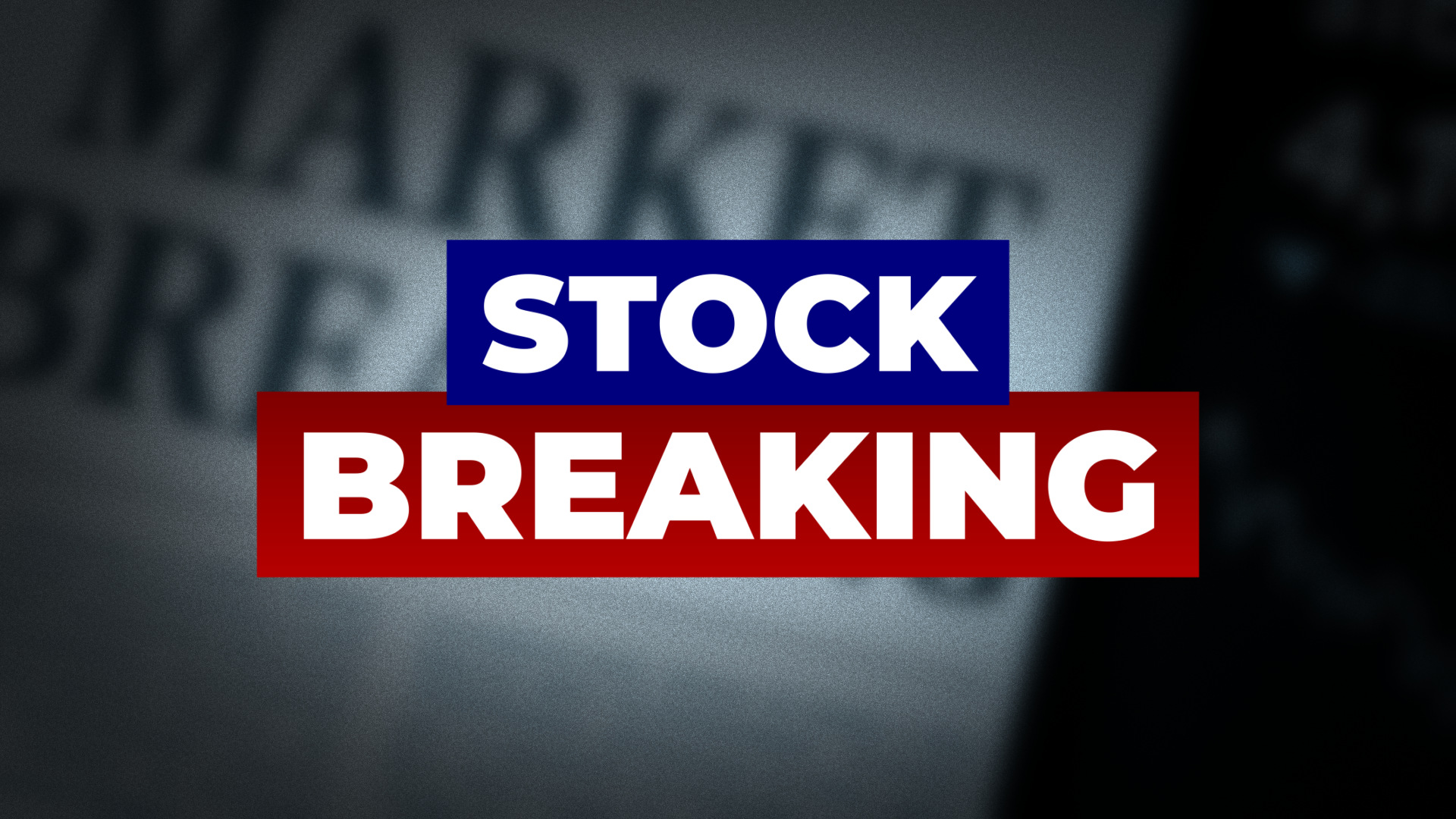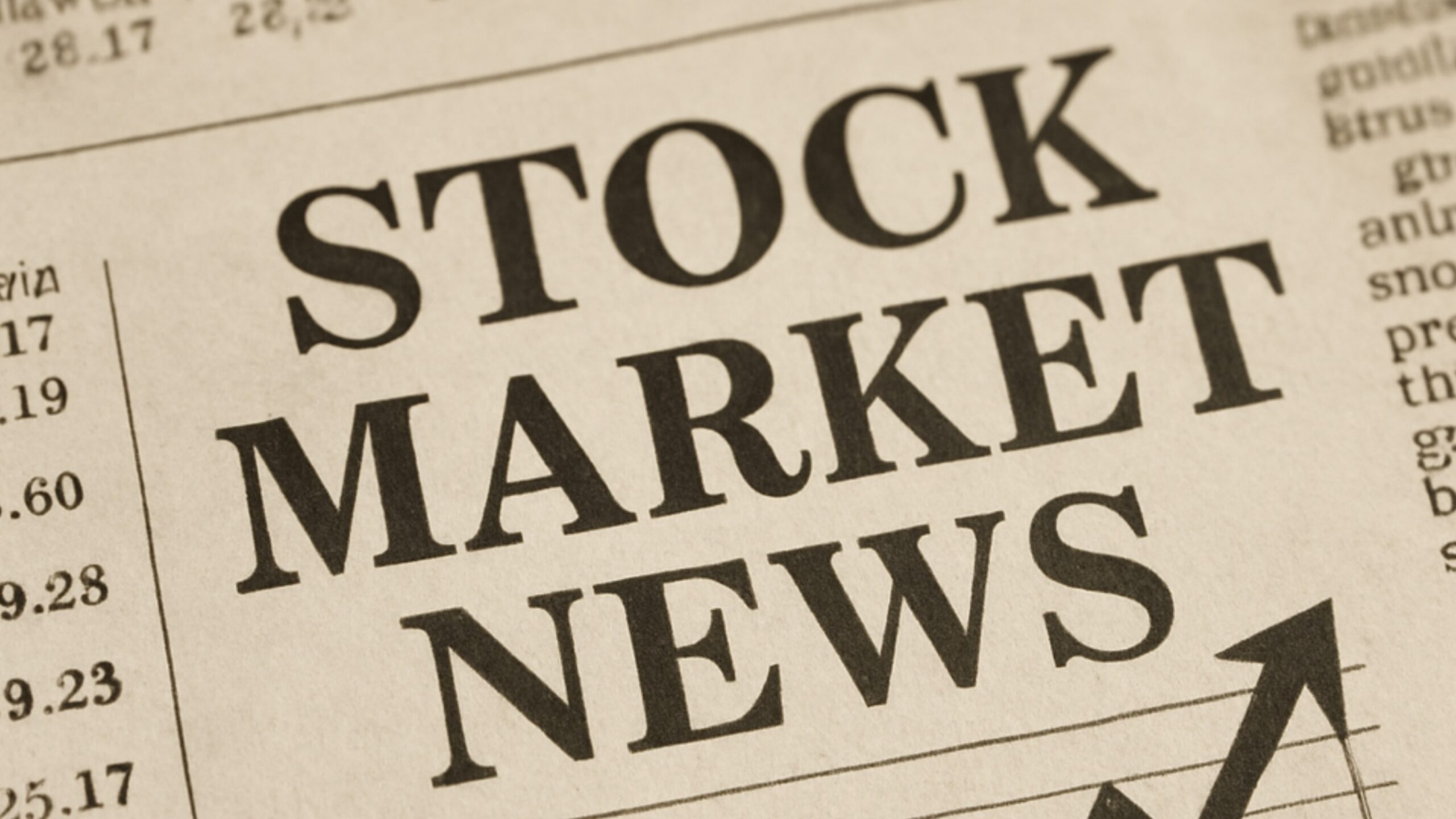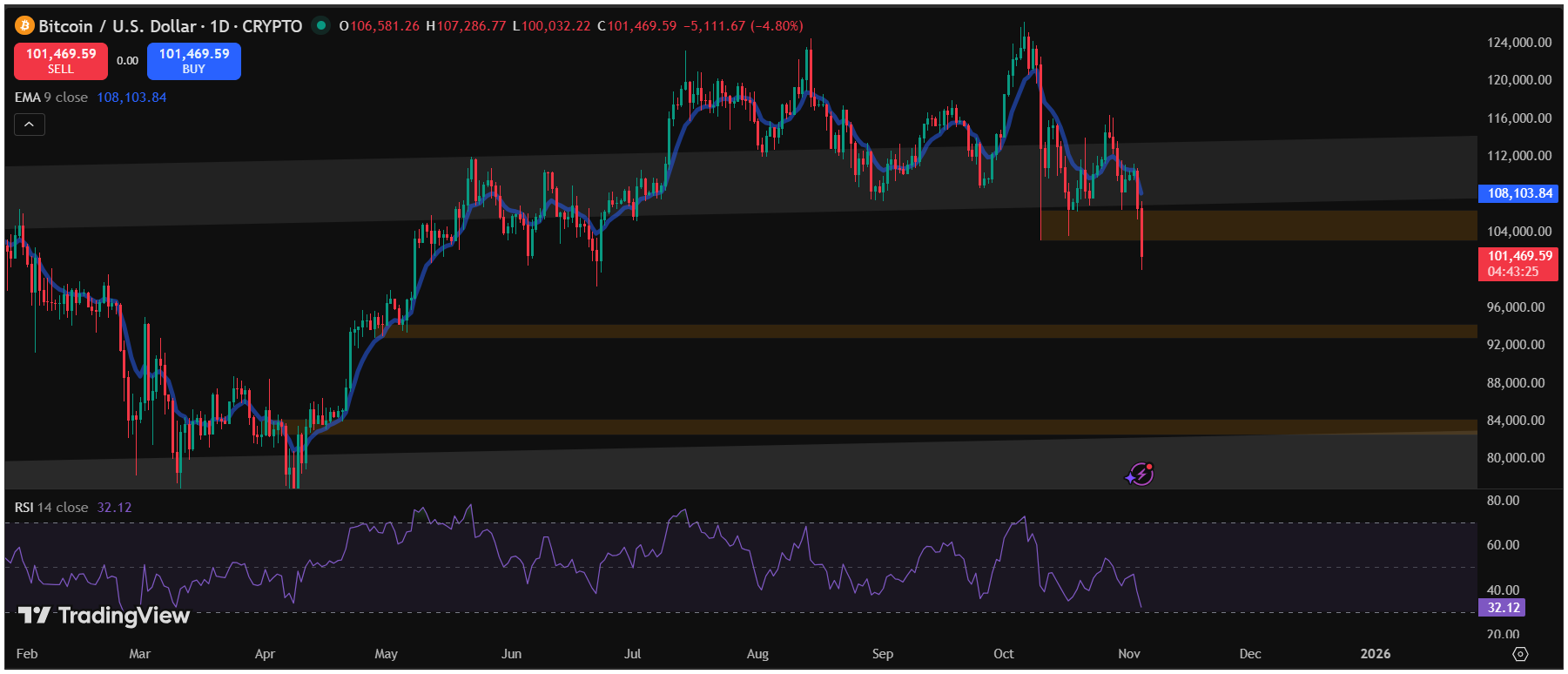StubHub Holdings Inc., the online ticket marketplace that went public in September 2025, is now at the center of a rapidly expanding legal storm. Over the past few days, several well-known investor-rights law firms have announced separate investigations and class-action filings against the company.
The situation is gaining momentum because the allegations strike at the core of what investors expect from newly listed companies: transparency, honest disclosures and reliable financial information. StubHub’s stock, which debuted at 23.50 dollars per share, has fallen by more than half since the IPO. This sharp decline, paired with negative free cash flow that only surfaced after the listing, has triggered questions about whether the company misled the market.
What Sparked the StubHub Investigations?
The controversy began after StubHub reported its first quarterly results as a publicly traded company. For the quarter ending September 30, 2025, the company disclosed that its free cash flow was negative 4.6 million dollars, a steep decline from the previous year’s positive 10.6 million dollars. Net cash from operations also fell dramatically.
These numbers alone alarmed investors, but the real shock came when the company provided no forward guidance, leaving analysts without direction on expected performance. Within twenty-four hours, the stock dropped nearly 21 percent, closing at around 14.87 dollars.
Why did StubHub stock crash?
Law firms investigating the matter argue that the crash happened because the company’s IPO filings allegedly did not fully disclose changes in the timing of payments to vendors, such as ticket sellers, which materially impacted its cash flow. According to multiple filings, StubHub may have presented a stronger financial picture than reality justified at the time of the IPO.
Who Is Investigating StubHub?
Among the firms leading the charge:
- Bronstein, Gewirtz & Grossman, LLC
Alerted investors with “substantial losses” that they have an opportunity to lead a class-action lawsuit. - The Portnoy Law Firm
Announced that it is conducting an independent investigation into whether StubHub violated federal securities laws. - Faruqi & Faruqi, LLP
Issued a detailed report stating that investors who purchased stock at or shortly after the IPO may have legal claims due to “materially misleading statements and omissions” in the IPO documents.
Other law firms, including Kirby McInerney LLP and the Law Offices of Howard G. Smith, have also joined the wave of actions.
This raises another trending question:
“Is StubHub facing multiple lawsuits?”
The answer increasingly appears to be yes.
What Are the Allegations Against StubHub?
The core allegations revolve around misleading IPO disclosures, specifically related to:
- Timing of payments to ticket vendors
- Impact of these payment-cycle changes on free cash flow
- Published financial metrics that may not have reflected the true operational pressures
- A failure to warn investors about cash-flow risks before the IPO
Law firms claim that these undisclosed or inadequately disclosed factors led investors to believe StubHub’s financial health was stronger than it actually was. When the real picture emerged during the first earnings release, the stock plummeted, leaving thousands of investors exposed to large losses.
Did StubHub mislead investors?
While no court has ruled on these allegations yet, the number of firms filing investigations suggests that the claims are being taken seriously.
IPO to Investigation: The Timeline Investors Want Clarified
What happened to StubHub after its IPO?
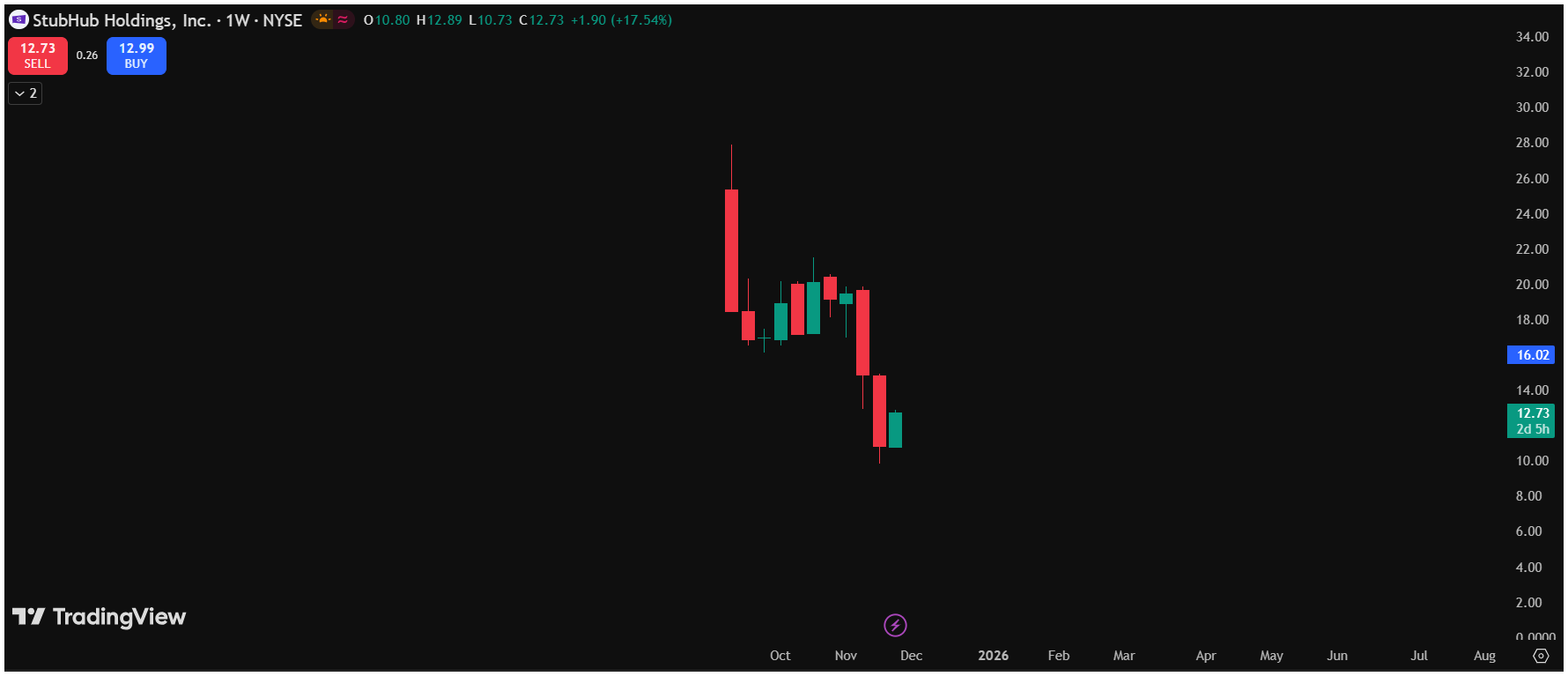
Here is the simplified sequence:
- September 17, 2025: StubHub completes its IPO at 23.50 dollars.
- Weeks after listing: The stock trades higher briefly, touching levels near 27–28 dollars.
- October 2025: Prices begin declining steadily.
- November 13, 2025: First quarterly earnings release reveals negative free cash flow.
- November 14, 2025: Stock falls over 20 percent in one day.
- November 20–25, 2025: Multiple law firms launch investigations and class-action filings.
- The stock has reportedly touched lows near 10.31 dollars – more than a 56% fall from the IPO price.
Should Investors Join the Class-Action Lawsuit?
Many notices from law firms mention that investors with significant losses can seek to become “lead plaintiffs,” giving them a central role in the case.
How to know if I qualify for StubHub lawsuit?
Generally, investors who purchased shares during or shortly after the IPO and suffered financial loss are eligible to join. Lead-plaintiff deadlines vary by firm but typically fall in early 2026.
What This Means for the IPO Market?
The StubHub controversy comes at a time when investor confidence around tech-linked IPOs is already fragile. Many experts believe this case may become a reference point for discussions on transparency, especially regarding cash-flow reporting and vendor obligations.
If courts find that StubHub withheld critical information, the case could reshape disclosure standards for future listings.
This article is for informational purposes only and should not be considered financial advice. Investing in stocks, cryptocurrencies, or other assets involves risks, including the potential loss of principal. Always conduct your own research or consult a qualified financial advisor before making investment decisions. The author and publisher are not responsible for any financial losses incurred from actions based on this article. While efforts have been made to ensure accuracy, economic data and market conditions can change rapidly. The author and publisher do not guarantee the completeness or accuracy of the information and are not liable for any errors or omissions. Always verify data with primary sources before making decisions.

